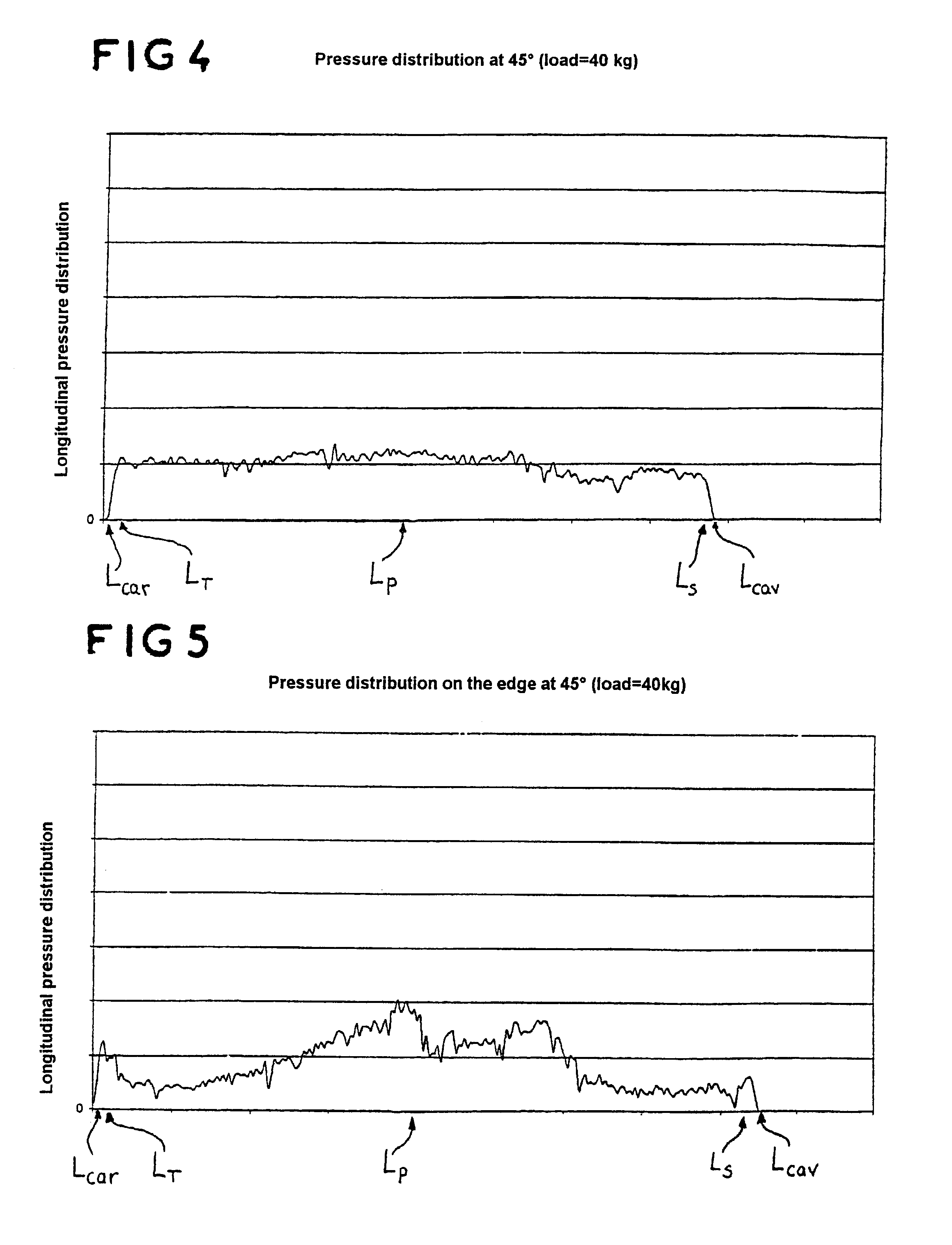Alpine ski
a technology for skis and alpine slopes, applied in the field of alpine skis, can solve the problems of increased effort, increased difficulty in manoeuvre, and inability to achieve optimal solutions, and achieve the effect of satisfying ski precision
- Summary
- Abstract
- Description
- Claims
- Application Information
AI Technical Summary
Benefits of technology
Problems solved by technology
Method used
Image
Examples
Embodiment Construction
As already stated, the invention relates to an alpine ski in which the geometry and stiffness distribution differ from the prior art in order to give a short ski the behaviour of a conventional ski of markedly greater length.
Such a configuration therefore makes it possible very markedly to enhance the manoeuvrability of the ski during use and maintenance operations when it is not being used.
As already stated, the ski according to the invention is characterized by a number of dimensional and mechanical parameters which, in combination, make it possible to optimize the behaviour of the ski.
Thus, the skis according to the invention have sizes which are markedly smaller than the sizes customarily used by skiers of equivalent level.
A size correspondence table is therefore reproduced below, in which the first column corresponds to the sizes, in centimeters, of conventional skis, and the second column corresponds to the size of skis according to the corresponding invention.
Thus, it will be...
PUM
 Login to View More
Login to View More Abstract
Description
Claims
Application Information
 Login to View More
Login to View More - R&D
- Intellectual Property
- Life Sciences
- Materials
- Tech Scout
- Unparalleled Data Quality
- Higher Quality Content
- 60% Fewer Hallucinations
Browse by: Latest US Patents, China's latest patents, Technical Efficacy Thesaurus, Application Domain, Technology Topic, Popular Technical Reports.
© 2025 PatSnap. All rights reserved.Legal|Privacy policy|Modern Slavery Act Transparency Statement|Sitemap|About US| Contact US: help@patsnap.com



